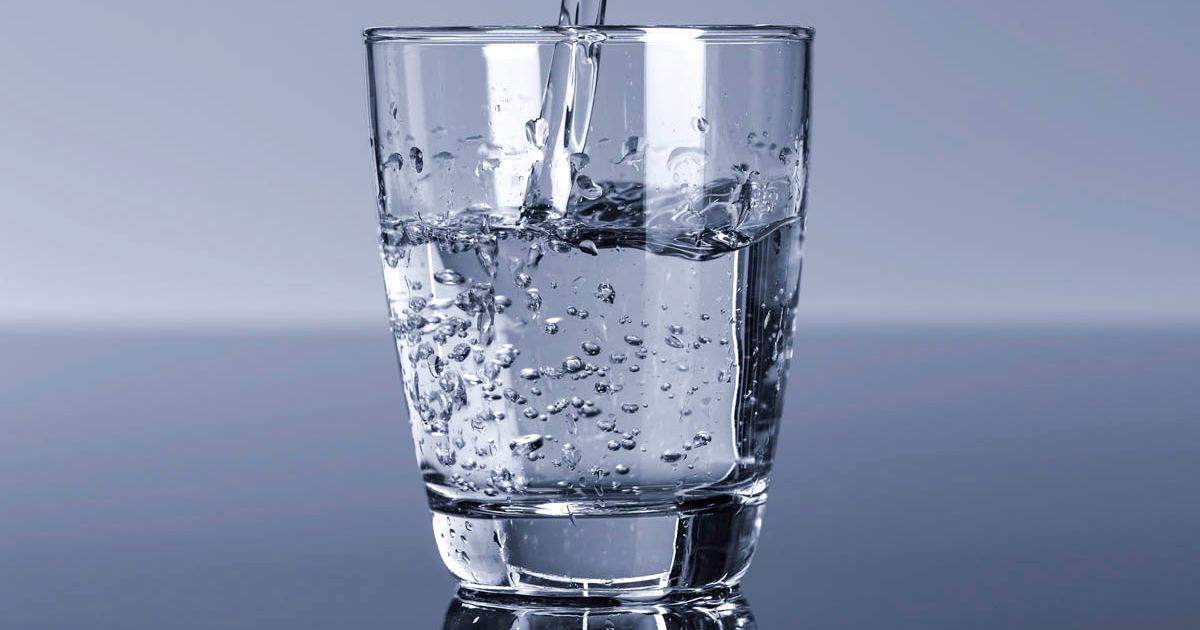Methods Of Treating And Preventing Hyponatremia
Hyponatremia is the medical term for low sodium in the blood. This condition is very common, and individuals in their sixties and beyond face an increased risk of developing it. In some cases, the severity of hyponatremia may be mild, but it can be a life-threatening condition for some patients. The disorder can be caused by underlying medical conditions and by drinking too much water. Patients who suspect they have hyponatremia should see their healthcare provider for a physical exam and laboratory tests. During the physical exam, doctors will examine the patient's cardiovascular and gastrointestinal systems. Patients will be asked questions about their medications, mood, bowels, and energy levels. Blood and urine tests are needed to diagnose hyponatremia, and it is typically brief, lasting days or weeks rather than months. Symptoms of low sodium in the blood generally include nausea, fatigue, confusion, irritability, muscle cramps, and headaches. In more severe cases, patients may experience seizures and even become comatose. The methods outlined below are useful in the prevention and treatment of hyponatremia.
Reduce Fluid Consumption

While it's crucial to be properly hydrated, patients at risk for hyponatremia need to be mindful of their fluid consumption. The two liters of water recommended per person each day by the World Health Organization and even the eight glasses of water recommended by other experts may be too much for some individuals. Instead of going solely by these numbers, patients should use their urine color and sense of thirst as guidelines. Patients who do not feel thirsty and who have pale yellow urine are likely sufficiently hydrated. Athletes and individuals participating in endurance sports such as marathons may need to reduce fluid consumption before, during, and after these intense activities. Rather than binging on water and sports drinks, they should aim to drink only as much fluid as they lose through sweat during exercise.
Get the details on the next method of treating hyponatremia now.